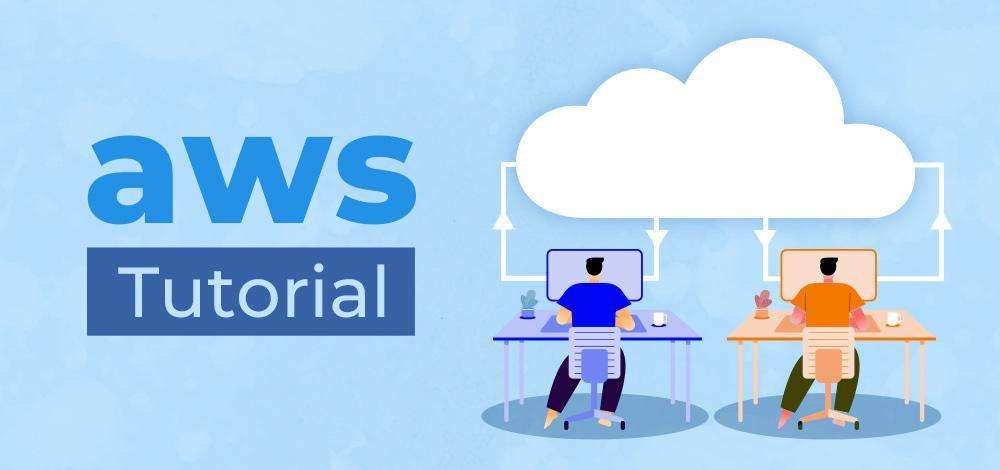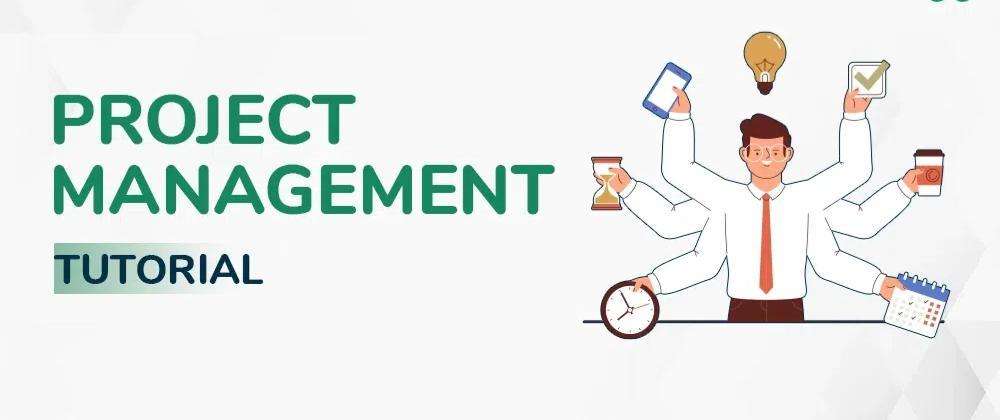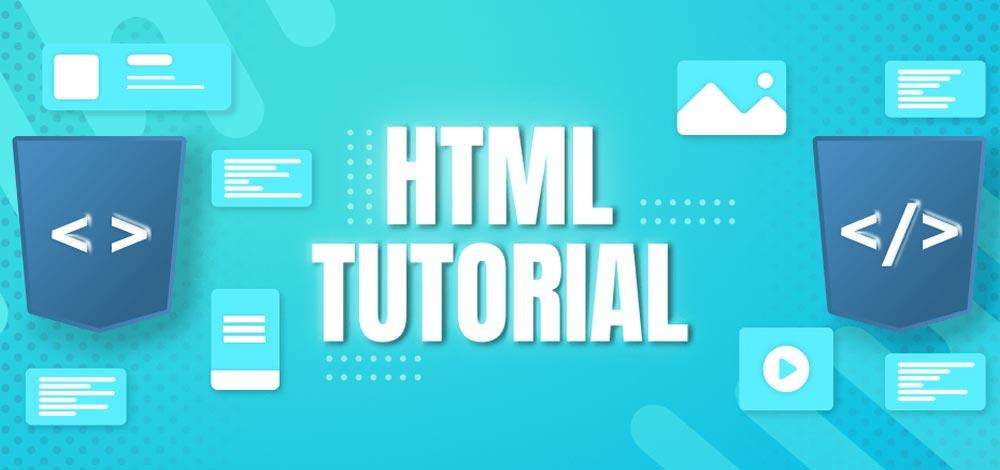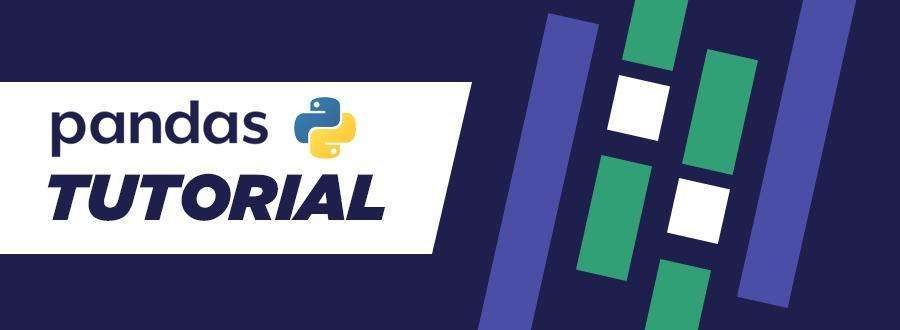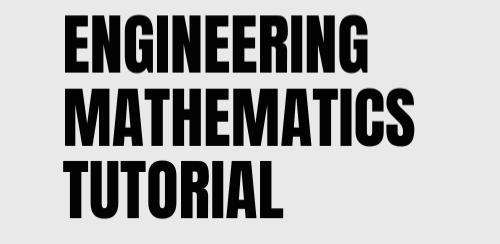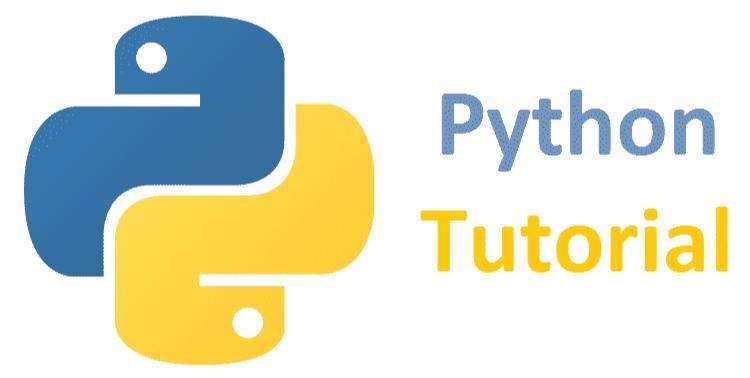
Let’s explore python programming, where simplicity meets possibility. This guide is crafted to take you through the ins and outs of Python, ensuring that by the end, you’ll have a solid foundation and a clear roadmap for your journey ahead.
This Python Programming Guide is the perfect fit for novices as well as seasoned coders. Crafted meticulously, this complimentary Python guide ensures an optimal learning experience, covering a comprehensive range from the fundamentals to sophisticated subjects (such as Web-scraping, Django, and Machine Learning) complete with illustrative examples.
Introduction to Python
Python is not just another programming language; it’s a gateway to efficiency and innovation. It’s designed to be intuitive and readable, which makes it an excellent choice for beginners and a favourite among seasoned developers. With Python, you can automate mundane tasks, analyze data, build web applications, and so much more.
What is Python?
Python stands as a prominent, versatile programming language that operates at a high level. The most recent iteration of Python, Python 3, finds its application across various domains including web development and machine learning, as well as other forefront technologies within the software sector. Renowned tech behemoths such as Google, Amazon, Facebook, Instagram, Dropbox, and Uber are among the many that utilize Python in their technological stack.
Why Python?
The beauty of Python lies in its versatility. It’s used by organizations of all sizes, from start-ups to tech giants like Google and NASA. Python’s syntax is clean and its concepts are easy to grasp, but don’t let its simplicity fool you. This language packs a punch when it comes to capabilities.
Getting Started with Python
Embarking on your Python adventure is straightforward. All you need is the Python interpreter, a text editor, and an eagerness to learn. Begin by mastering the basics: variables, data types, and control structures. Practice ?is key, so start small with simple exercises and gradually tackle more complex problems.
Embarking on Python Programming: Your Initial Steps
When it comes to running your Python program, you have a couple of options at your disposal:
- Method One: Craft your program in a file and execute it in its entirety.
- Method Two: Execute your code incrementally, line by line.
So, go ahead and challenge yourself with some introductory Python exercises.
Your first Python Program
Python 3
# Python Program to print Hello World
print("Hello World! I Don't Give a Bug")Output
Hello World! I Don’t Give a Bug
Python’s Roadmap to Mastery
As you grow more comfortable with the basics, it’s time to explore Python’s vast ecosystem. Here’s a roadmap to guide you:
1. Core Concepts: Solidify your understanding of lists, dictionaries, functions, and classes.
2. Web Development: Dive into frameworks like Django or Flask to create dynamic websites.
3. Data Science: Uncover insights with libraries like Pandas and Matplotlib.
4. Machine Learning: Step into the future with TensorFlow or Scikit-learn.
5. Automation: Streamline your life by automating routine tasks.
6. Advanced Topics: Challenge yourself with asynchronous programming and metaprogramming.
Python Tutorial contents.
- What is Python?
- Writing your first Python Program
- Setting up Python
- Getting Started with Python Programming
- Python Input/output
- Python Data Types
- Python Operators
- Python Conditional Statement
- Python Loops
- Python Functions
- Python OOPs Concepts
- Python Exception Handling
- Python Packages or Libraries
- Python Collections
- Python vs. Other Programming Languages
- Learn More about Python with diffent Applications
- Python Online Quiz
Let us now see what will you learn in this Python Tutorial, in detail:
Setting up Python
Setting up Python on your system is a crucial first step to begin your programming journey. Here’s a streamlined guide to get you started:
1. Download Python: Visit the official Python website at [python.org] and download the latest version of Python. Ensure you select the correct version for your operating system.
2. Installation: Run the downloaded installer. On Windows, you can choose from the Microsoft Store, the full installer, or the Windows Subsystem for Linux¹. For macOS, use the official installer or Homebrew¹. On Linux, the installation process varies by distribution but generally involves package managers like `apt` for Ubuntu or `yum` for Fedora.
3. Verify Installation: Open a command-line interface and type `python –version` to check if Python is installed correctly and to confirm the installed version.
4. Set Up Your Environment: Configure environment variables, particularly `PATH`, to include the directory where Python is installed. This step ensures that you can run Python from any command prompt.
5. Install a Code Editor: While Python comes with IDLE, you might want to install a more robust code editor like Visual Studio Code or PyCharm for a better coding experience.
6. Explore Python Packages: Familiarize yourself with `pip`, Python’s package installer, which allows you to download and manage additional libraries that are not part of the standard library.
7. Test Your Setup: Write a simple “Hello, World!” program and run it to ensure everything is working as expected.
Here are the in-depth articles on Setting up Python
- Download and Install Python 3 Latest Version
- How to set up Command Prompt for Python in Windows10
- Setup Python VS Code or PyCharm
- Creating Python Virtual Environment in Windows and Linux
Now let us deep dive into the basics and components to learn Python Programming:
Getting Started with Python Programming
Dive into our Python learning space! In this segment, we’ll navigate through the crucial building blocks essential for initiating your Python programming voyage. We’ll dive into the core principles, including syntax, keywords, comments, variables, and indentation, laying the groundwork for your Python coding endeavours.
- Learn Python Basics
- Syntax
- Keywords in Python
- Comments in Python
- Learn Python Variables
- Learn Python Data Types
- Indentation and why is it important in Python
Learn Python Input/output
In this chapter, we’ll immerse ourselves in the essential techniques of managing input and output in Python. These skills are vital for engaging with users and manipulating data adeptly. We’ll start by honing your proficiency with the adaptable `print()` function, then move on to sophisticated formatting strategies and the best practices for gathering user input.
This knowledge will empower you to leverage Python’s capabilities for smooth and effective data stream management.
- Python print() function
- f-string in Python
- Print without newline in Python
- Python | end parameter in print()
- Python | sep parameter in print()
- Python | Output Formatting
- Taking Input in Python
- Taking Multiple Inputs from users in Python
Python Data Types
Python stands out for its ability to handle data with both precision and adaptability. In this section, we’ll dive into the dynamic process of data conversion through casting, which allows you to transform data types to suit your needs.
Following that, we’ll explore Python’s array of versatile collections:
- Lists: Ordered and changeable collections that can hold a variety of data types.
- Tuples: Similar to lists, but immutable, making them perfect for fixed data sets.
- Sets: Unordered collections with no duplicate elements, ideal for membership testing and eliminating duplicates.
- Dictionaries: Key-value pairs that are unordered, changeable, and indexed, great for fast lookups.
- Arrays: Although not a built-in type, arrays can be used via modules like `array` or `numpy`, providing efficient storage and manipulation of numerical data.
These tools in Python allow for robust data management, enabling you to tackle a wide range of programming challenges with ease.
By the end of this section, you’ll not only grasp the essence of Python’s data types but also wield them proficiently to tackle a wide array of programming challenges with confidence.
- Strings
- Numbers
- Booleans
- Python List
- Python Tuples
- Python Sets
- Python Dictionary
- Python Arrays
- Type Casting

Python Operators
Our journey through Python will encompass everything from simple arithmetic to the evaluation of intricate logical constructs. We’ll investigate the realm of comparison operators, which are essential for conditional decision-making, and delve into the domain of bitwise operators that allow for the granular manipulation of binary digits.
Furthermore, we’ll simplify the complexities surrounding assignment operators, which are fundamental for the effective allocation and modification of variables. Concluding our exploration, we’ll clarify the concepts of membership and identity operators like ‘in’ and ‘is’, equipping you with the ability to verify the presence of elements within collections and to assert the uniqueness of object identities with certainty.
- Arithmetic operators
- Comparison Operators
- Logical Operators
- Bitwise Operators
- Assignment Operators
- Membership & Identity Operators | Python “in”, and “is” operator
Python Conditional Statement
In the programming domain, the ability to make decisions and branch code is essential. This part of our Python tutorial zeroes in on Python’s conditional logic. We’ll start with the basics of `if…else` statements, then scale up to nested conditions, and touch upon the succinct ternary operator for inline decisions.
Additionally, we’ll shed light on the `match case` statement, a robust feature introduced in Python 3.10. By the conclusion of this tutorial, you’ll have a firm grasp on these tools, enabling you to craft code that’s not only clear and efficient but also smartly adapts to a multitude of situations.
Ready to get into the core of Python’s conditional capabilities? Let’s begin.
- If..else
- Nested-if statement
- Ternary Condition in Python
- Match Case Statement
Python Loops
In this tutorial, we’re going to dive into the heart of Python’s looping mechanisms. We’ll examine the `for` and `while` loops, which are the workhorses of iteration in Python. Alongside these, we’ll look at the critical loop control statements—`break`, `continue`, and `pass`—that modify the flow of loops for precise control.
Moreover, we’ll introduce you to the sleek and powerful list and dictionary comprehensions. These expressions provide a more compact and intuitive way to create lists and dictionaries, making your data manipulation tasks not only efficient but also more readable.
By the end of this section, you’ll have a toolkit that will enable you to write cleaner, more efficient Python code, and handle repetitive tasks with ease. Let’s get started on enhancing your coding fluency with Python’s looping constructs.
- For Loop
- While Loop
- Loop control statements (break, continue, pass)
- Python List Comprehension
- Python Dictionary Comprehension
Python Functions
Functions in Python are pivotal for crafting structured and streamlined code. In this tutorial, we’ll dissect their syntax, manage parameters, delve into return values, and demystify variable scope. Starting with the fundamentals, we’ll advance to sophisticated concepts such as closures and decorators.
We’ll also spotlight the versatile `range()` function and introduce the potent `args` and `kwargs` constructs for adaptable parameter handling. Moreover, we’ll navigate the realm of functional programming, highlighting the use of `map`, `filter`, and `lambda` functions to write concise and efficient code.
By mastering these elements, you’ll enhance your Python scripts with modularity and reusability, paving the way for more complex and robust applications. Let’s embark on this journey to unlock the full potential of Python’s functions.
- Python Function syntax
- Arguments and Return Values in Python Function
- Python Function Global and Local Scope Variables
- Use of pass Statement in Function
- Return statemen in Python Function
- Python range() function
- *args and **kwargs in Python Function
- Python closures
- Python ‘Self’ as Default Argument
- Decorators in Python
- Python closures
- Map Function
- Filter Function
- Reduce Function
- Lambda Function
Python OOPs Concepts
In this tutorial, we’ll unveil the fundamentals of object-oriented programming (OOP) within the Python landscape. We’ll examine:
Encapsulation: The art of bundling data and methods within a single unit, or class, to restrict direct access to some of the object’s components.
Inheritance: The mechanism by which one class can inherit attributes and methods from another, promoting code reusability.
Polymorphism: The ability of different objects to be accessed through the same interface, highlighting the concept of “one interface, multiple functions.”
Abstract Classes: These serve as blueprints for other classes, allowing you to define methods that must be created within any child classes built from the abstract class.
Iterators: Objects that enable you to traverse through all the elements of a collection, such as lists or tuples, without needing to understand the underlying structure.
By mastering these OOP principles, you’ll be well-equipped to develop code that is not only modular and reusable but also scalable, adapting to the growing needs of your software projects. Let’s dive into the object-oriented features of Python and harness its full potential for sophisticated and efficient coding.
- Python Classes and Objects
- Polymorphism
- Inheritance
- Abstract
- Encapsulation
- Iterators
Python Exception Handling
In this tutorial section, we’ll delve into Python’s approach to managing unforeseen errors, equipping you with the skills to write resilient and error-resistant programs. We’ll begin by examining file operations, which include both reading from and writing to files. This knowledge is crucial for any data-driven application.
Following that, we’ll explore the realm of exception handling. Utilizing `try` and `except` blocks, you’ll learn how to gracefully handle errors that may occur during runtime, preventing your programs from crashing unexpectedly.
Moreover, we’ll discuss user-defined exceptions, which allow you to create custom error types tailored to your application’s needs. Alongside these, we’ll review Python’s built-in exception hierarchy, giving you insight into the various error types that Python can raise natively.
By mastering these concepts, you’ll be able to craft robust Python applications that can withstand and recover from errors, ensuring a smooth user experience.
- Python File Handling
- Python Read Files
- Python Write/Create Files
- Exception handling
- User defined Exception
- Built-in Exception
- Try and Except in Python
Python Packages or Libraries
The argest cornerstone of Python is a huge collection of standard libraries which can be used for the following:
- Built-in Modules in Python
- Python DSA Libraries
- Machine Learning
- Python GUI Libraries
- Web Scraping Pakages
- Game Development Packages
- Web Frameworks like, Django, Flask
- Image processing (like OpenCV, Pillow)
Python Collections
Here, we’ll explore key data structures provided by Python’s collections module. From counting occurrences with Counters to efficient queue operations with Deque, we’ll cover it all. By mastering these collections, you’ll streamline your data management tasks in Python.
- Counters
- Heapq
- Deque
- OrderedDict
- Defaultdict
Python vs. Other Programming Languages
This table shows comprehensive comparison between python and other programming languages C, C++, and Java in a table format.
| FEATURE | PYTHON | C | C++ | JAVA |
| TYPE | Interpreted | Compiled | Compiled | Compiled |
| PARADIGM | Multi-paradigm (object-oriented, procedural, functional) | Procedural, structured | Multi-paradigm (procedural, object-oriented, generic) | Object-oriented, structured |
| MEMORY MANAGEMENT | Automatic | Manual | Manual | Automatic |
| SYNTAX | Simple | Complex | Complex | Complex |
| POPULARITY | High | High | High | High |
| USE CASES | Web development, data analysis, machine learning | System programming, embedded systems, game development | System programming, game development, high-performance applications | Large-scale applications, enterprise software |
| NOTABLE FRAMEWORKS/LIBRARIES | Django, Flask | Standard Library | Standard Library, Boost | Spring, Hibernate |
| LEARNING CURVE | Moderate | Steep | Steep | Moderate |
| COMMUNITY SUPPORT | Strong | Strong | Strong | Strong |
| JOB MARKET | Abundant | Abundant | Abundant | Abundant |
Application of Python in different Domains.
1. Web Development
Web applications are developed in Python, utilizing frameworks such as Django, Flask, and Pyramid. These frameworks come equipped with tools and libraries that assist in web request processing, database management, and other functionalities.
2. Data Science and Machine Learning:
In the field of data science and machine learning, Python’s widespread use is attributed to libraries such as NumPy, pandas, Matplotlib, and scikit-learn. These libraries are integral, offering resources for tasks like data manipulation, analysis, visualization, and implementing machine learning models.
3. Artificial Intelligence and Natural Language Processing:
AI and NLP applications frequently employ Python, leveraging libraries such as TensorFlow, Keras, PyTorch, and NLTK. These libraries furnish the necessary tools for constructing and educating neural networks, analyzing and processing natural language, among other capabilities.
4.: Game Development:
Libraries like Pygame and Panda3D enable game creation with Python, offering resources for crafting both 2D and 3D games, managing graphics, and beyond.
5. Desktop Applications:
With libraries such as Tkinter, PyQt, and wxPython, Python facilitates the construction of desktop applications, providing tools for developing graphical user interfaces (GUIs), processing user interactions, and more.
6. Scripting and Automation:
Python’s straightforward syntax and legibility make it a go-to for scripting and automation, streamlining the automation of monotonous tasks, file and directory management, among others.
7. Web Scraping and Crawling:
For web scraping and crawling tasks, Python is the preferred choice, utilizing libraries like BeautifulSoup and Scrapy to harvest website data, and parse HTML and XML content.
8. Education and Research:
Owing to its simplicity and clarity, Python is a staple in educational and research settings, employed by numerous universities and research bodies for programming instruction and diverse field research.
9. Community and Ecosystem:
Python boasts a robust and dynamic community, enriching its ecosystem. The language’s versatility is enhanced by an array of third-party libraries and frameworks designed for a multitude of uses.
10. Cross-Platform:
As a cross-platform language, Python code is inherently portable, running seamlessly across various operating systems, which simplifies the development and deployment of Python-based applications on multiple platforms.
Python Online Quiz
Engaging with Python quizzes and multiple-choice questions (MCQs) is indeed a great way to solidify your understanding of the language and enhance problem-solving skills.
Here are some quiz articles related to Python Tutorial:
¡》Python MCQs
¡¡》Python Quizzes
- Python Sets Quiz
- Python List Quiz
- Python String Quiz
- Python Tuple Quiz
- Python Dictionary Quiz
These quizzes cover a range of topics from Python basics to more advanced concepts, and they can be a fun way to test and improve your knowledge. Happy coding!.
Resources and Community
One of Python’s greatest strengths is its community. There are countless resources available, from online tutorials to forums like Stack Overflow. Engage with the community, contribute to open-source projects, and never stop learning.
Conclusion
Python is more than a language; it’s a skill that opens doors to countless opportunities. Whether you’re looking to switch careers, enhance your current job, or simply have fun with programming, Python is the way to go. Embrace the journey, and watch as Python transforms your ideas into reality.
Remember, the path to becoming a proficient Python developer is a marathon, not a sprint. Stay curious, stay patient, and enjoy every step of the way. Happy coding!
RELATED ARTICLES
- Data Science With Python Tutorial & Complete Roadmap
- Machine Learning Tutorial & Roadmap
- Deep Learning Tutorial & Roadmap
- Natural Language Processing (NLP) Tutorial & Roadmap
- Computer Vision Tutorial & Roadmap
